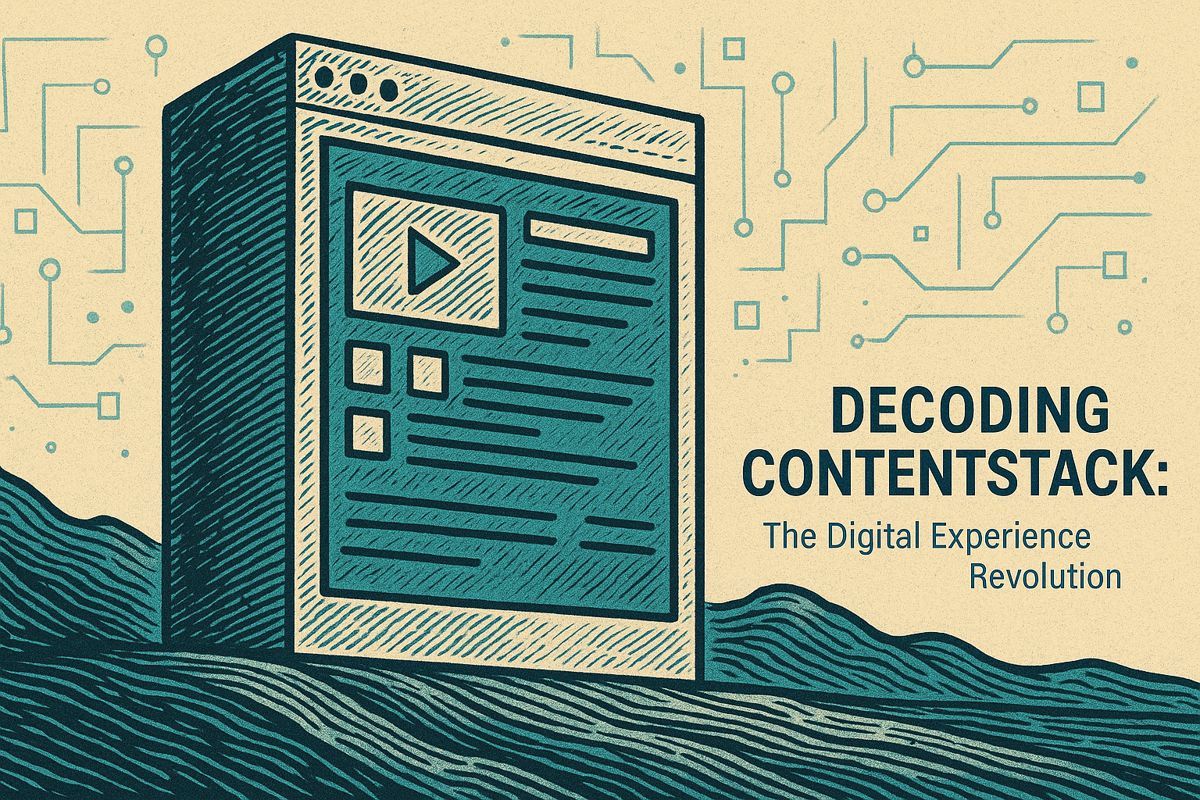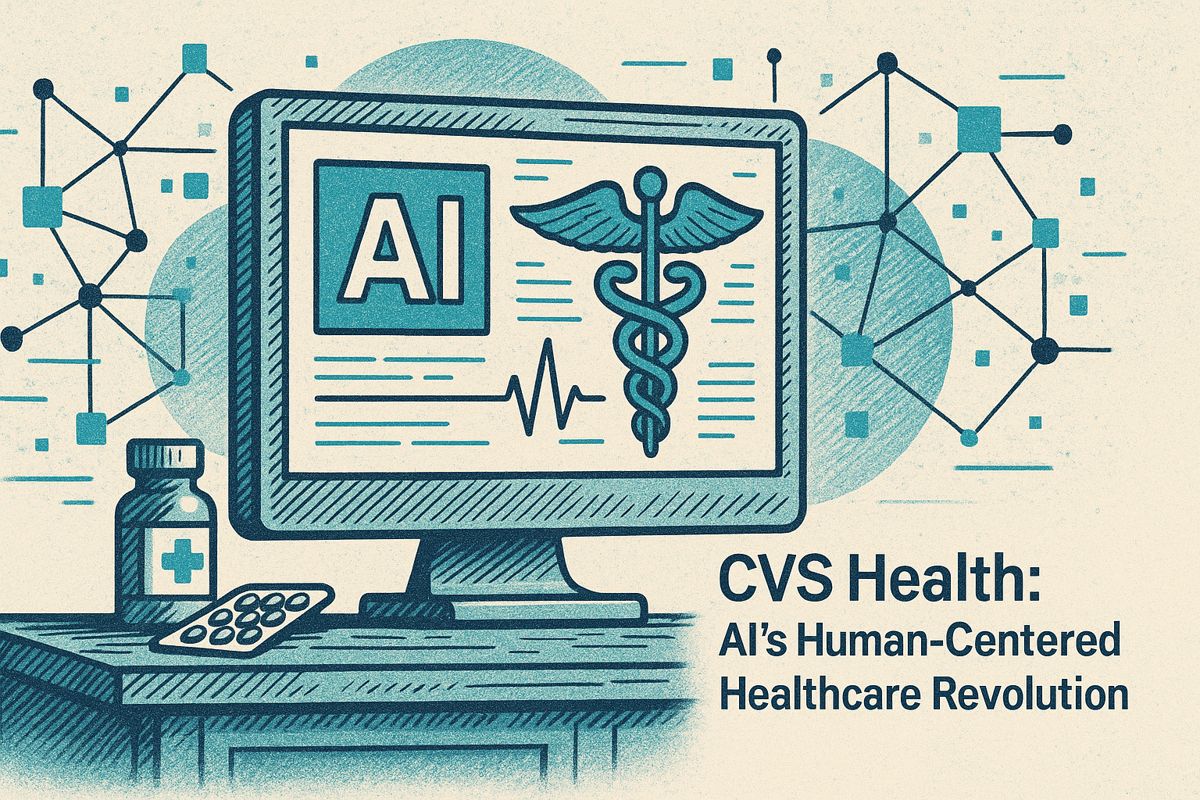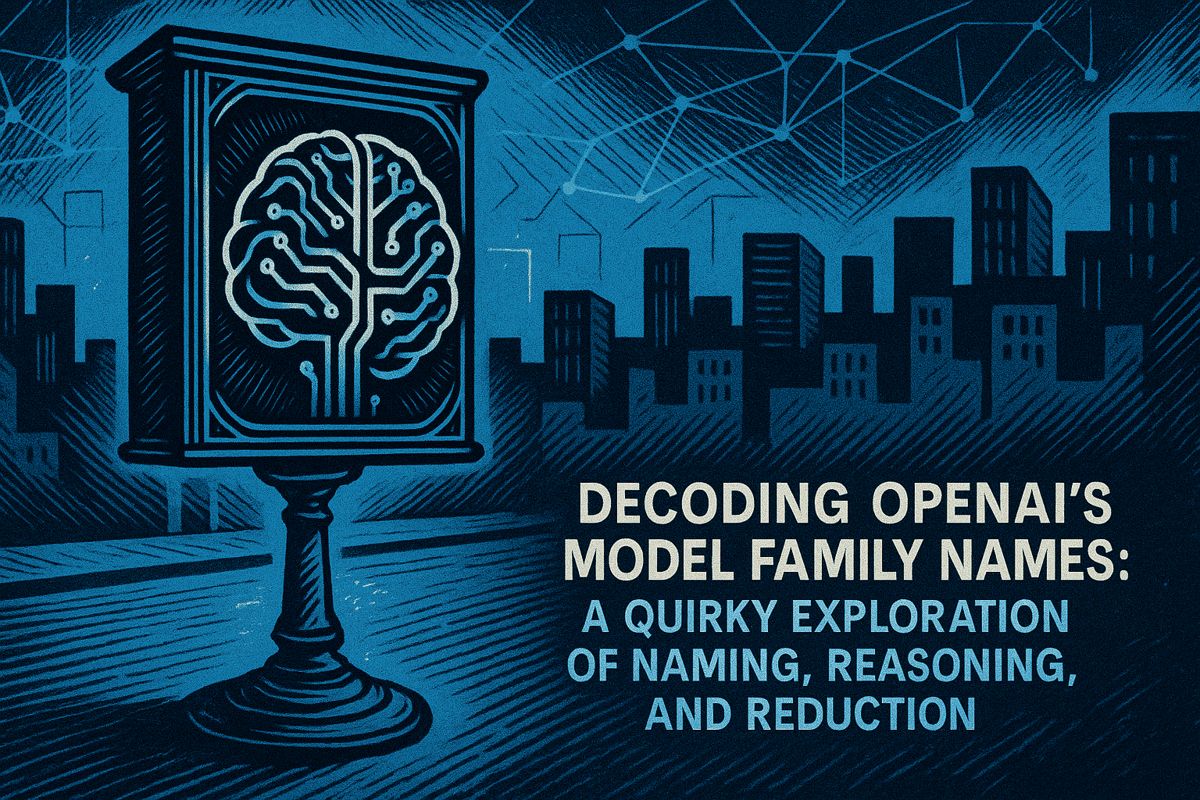Contentstack has transformed from a traditional headless CMS into a comprehensive Composable Digital Experience Platform, integrating real-time analytics and powerful data activation tools. The platform now enables marketers to orchestrate campaigns, track customer journeys, and gain actionable insights without juggling multiple disconnected applications. By combining audience intelligence, cloud-native reliability, global CDN reach, enterprise-grade permissions, and that magical 99.99% uptime, and seamless content delivery across channels, Contentstack offers enterprises a more agile and efficient digital experience management solution. This evolution represents a significant cultural shift towards data-driven decision-making and faster content iteration. The platform’s new capabilities promise to reduce digital chaos and provide marketers with clearer, more immediate insights into their campaigns.
What is Contentstack’s Latest Platform Evolution?
Contentstack has transformed from a traditional headless CMS to a comprehensive Composable Digital Experience Platform, integrating real-time analytics, audience insights, and powerful data activation tools to streamline content management and marketing workflows across multiple channels.
The Old Headless Maze
Not long ago, I stumbled across a headline announcing Contentstack’s latest round of features. That headline yanked me straight back to my own, slightly traumatic, CMS days. I still remember sweating over a clunky legacy system – the kind where you spend so long hunting for a missing asset that you start to suspect it’s hiding just to spite you. I lost count of the hours consumed by labyrinthine workflows and permissions puzzles. Frustration? That’s an understatement. My laptop nearly became a projectile more than once.
Isn’t it wild how tools shape your day-to-day? There’s a real nostalgia – mixed with relief – when you see how far platforms like Contentstack have come. For anyone who’s ever muttered, “Where did that image go now?” under their breath, this evolution feels a bit like swapping out a sputtering candle for stadium lighting.
Let’s imagine Priya, a marketing lead for a multinational brand. She’s running a campaign across five time zones but, instead of playing whack-a-mole with assets and approvals, she fires up Contentstack. Now she’s more of a maestro than a referee: dashboards glinting with real-time analytics, orchestration tools at her fingertips, the faint hum of efficiency in the air. No more midnight Slack emergencies. No more “Did someone publish the changes?” Just clarity and a tiny spark of, dare I say, joy.
What’s New at Contentstack: A Fresh Lineup
Here’s the latest: Contentstack has stitched together orchestration features and real-time analytics directly into its headless CMS. That’s no small potatoes. This all rolled out just five months after they scooped up Lytics – a timeline that’s quick enough to raise eyebrows at Forrester and Gartner alike. Audience insights are now baked in, and powerful data activation tools are riding shotgun for digital experience management. In short, Contentstack is officially a digital experience platform, not just a CMS with a new paint job.
I’ll admit, the speed of the Lytics integration made my inner data nerd nearly cheer out loud. Five months – that’s the time it takes some teams to schedule a single kickoff call. Now, marketers can finally see analytics, orchestrate campaigns, and track customer journeys without juggling three or four disconnected apps. If you’ve ever tried to glue together a campaign using Google Analytics, Segment, and a handful of “illustrative” workflow hacks, you know the pain.
But why does this matter? Well, in the old “pure headless” world, you had pristine APIs and a solid backend, sure, but you also had a loneliness epidemic. Running a cross-channel campaign meant cobbling together multiple tools, each with its own confusing dialect. Contentstack is signaling a break from that era: analytics, orchestration, and audience intelligence all under one roof. Real-time feedback means you’re no longer steering blindfolded, and audience data isn’t just numbers – it’s actionable intelligence.
The Shift to a True Digital Experience Platform
This leap isn’t just about speed – it’s about relevance. No modern enterprise can afford to wait for quarterly analytics dumps or shuffle content updates through a bureaucratic relay race. Agility has become more than a buzzword; it’s survival, especially in markets where your closest rival is always a click away.
Marketers can now test, tweak, and target campaigns in real time. If you’ve ever squinted at a Microsoft Excel sheet, questioning whether a mysterious traffic spike was meaningful or just an anomaly, you’ll understand the relief this brings. Now, with data activation sitting center stage, campaign pivots can happen as quickly as a squirrel crossing a city street – a blur and then, suddenly, a new direction.
And the skeleton holding all this together? Headless architecture, of course. Content is kept tidy, APIs deliver it wherever it needs to go, and developers can use React, Angular, or whatever flavor of JavaScript suits their mood. But now, the muscle has caught up: cloud-native reliability, global CDN reach, enterprise-grade permissions, and that magical 99.99% uptime. IT teams probably sleep a little easier with those assurances – I know I would.
Culture Change, Customer Wins, and a Hint of Skepticism
Ultimately, this is about more than fancy features. The shift from “another CMS” to a true composable DXP signals a cultural change. Fewer silos. Faster iteration. Data that smells fresh, not stale. Even the customer roster sparkles: Kraft Heinz, Glassdoor, Universal Music Group, Clorox, and Sky Italy all make appearances. (Fun fact: Sky Italy now does 70% of its sales through mobile, powered by Contentstack’s backbone.)
I can’t help but wonder: Are we finally escaping the trap of gut-driven decisions in favor of data-led orchestration? Deep down, I still believe there’s a place for intuition, but I’ve lost too many battles with spreadsheets to argue for guesswork alone.
Still, a twinge of doubt lingers. Will all these tools actually make teams happier, or am I just being seduced by polished dashboards and snazzy demo videos? Only time – and a few late-night product launches – will tell. For now, though, I can’t deny a flicker of satisfaction. The days of digital chaos are fading, replaced by platforms that feel less like a maze and more like a well-marked trail.
Progress. And, yes, maybe a little bit of hope.
…
Dan



















